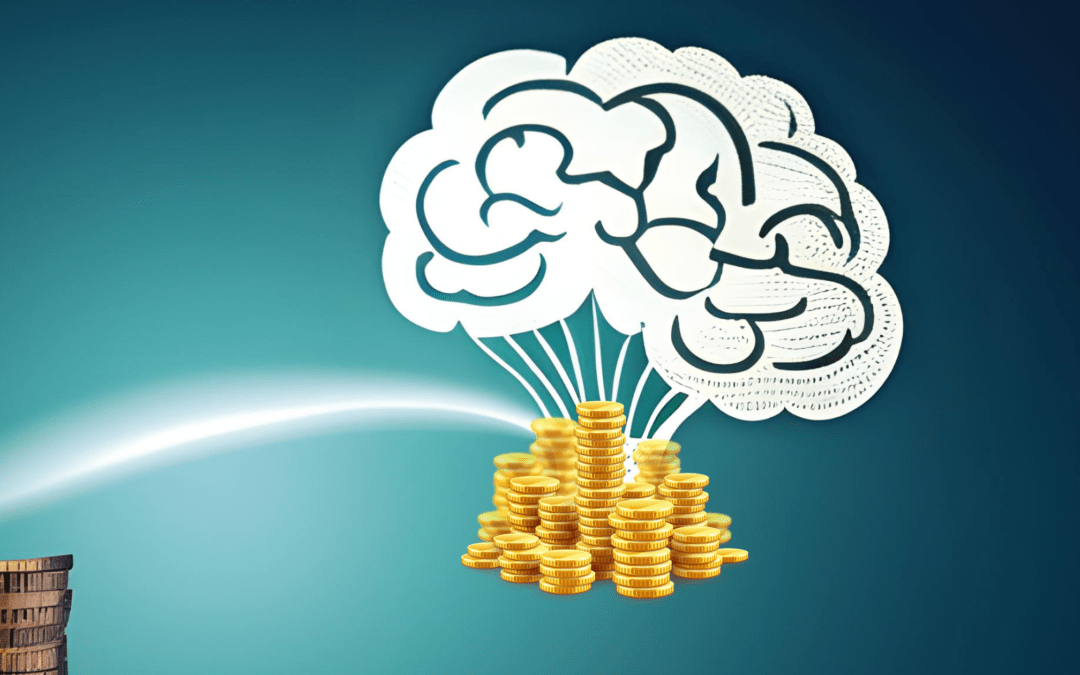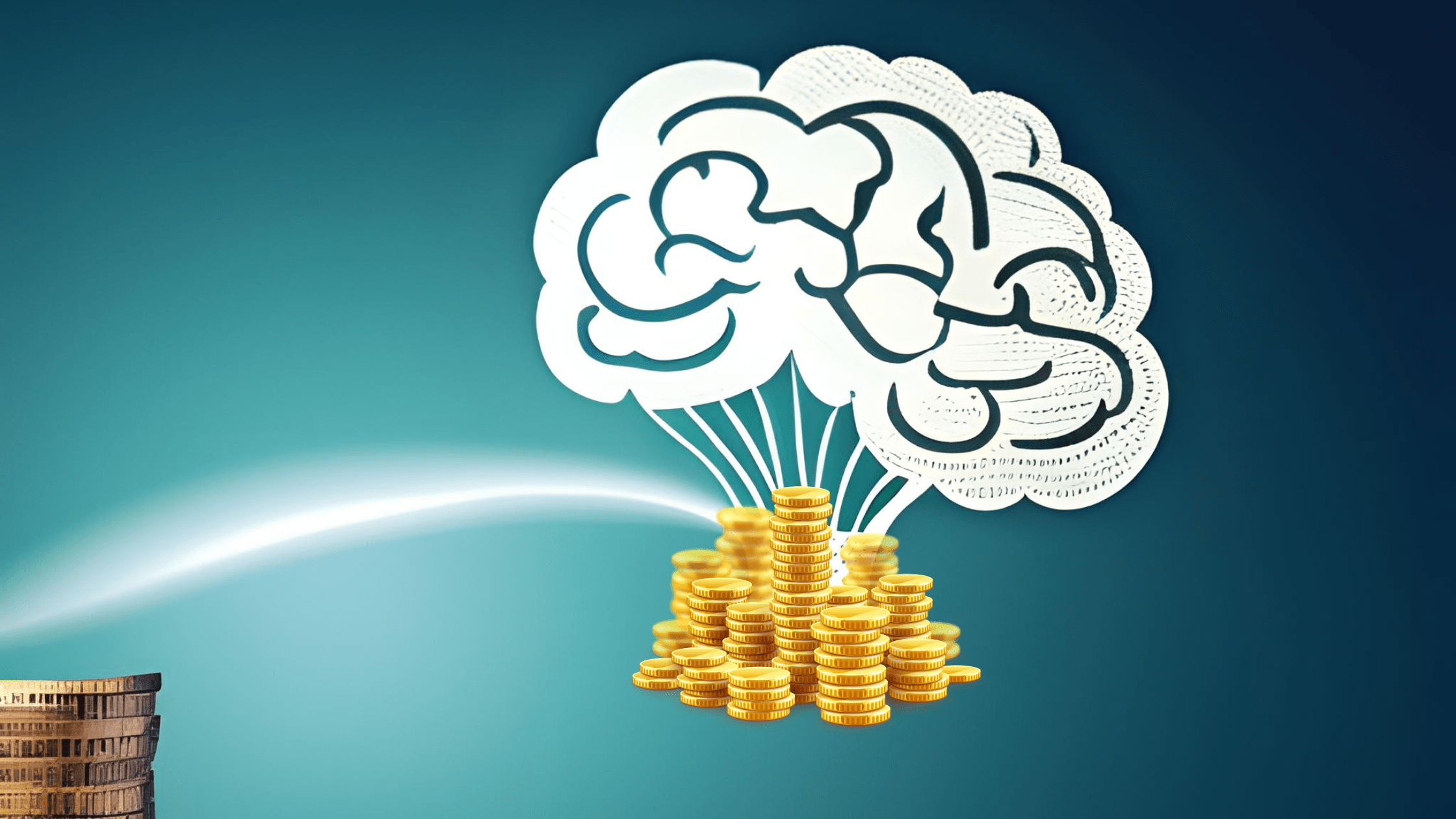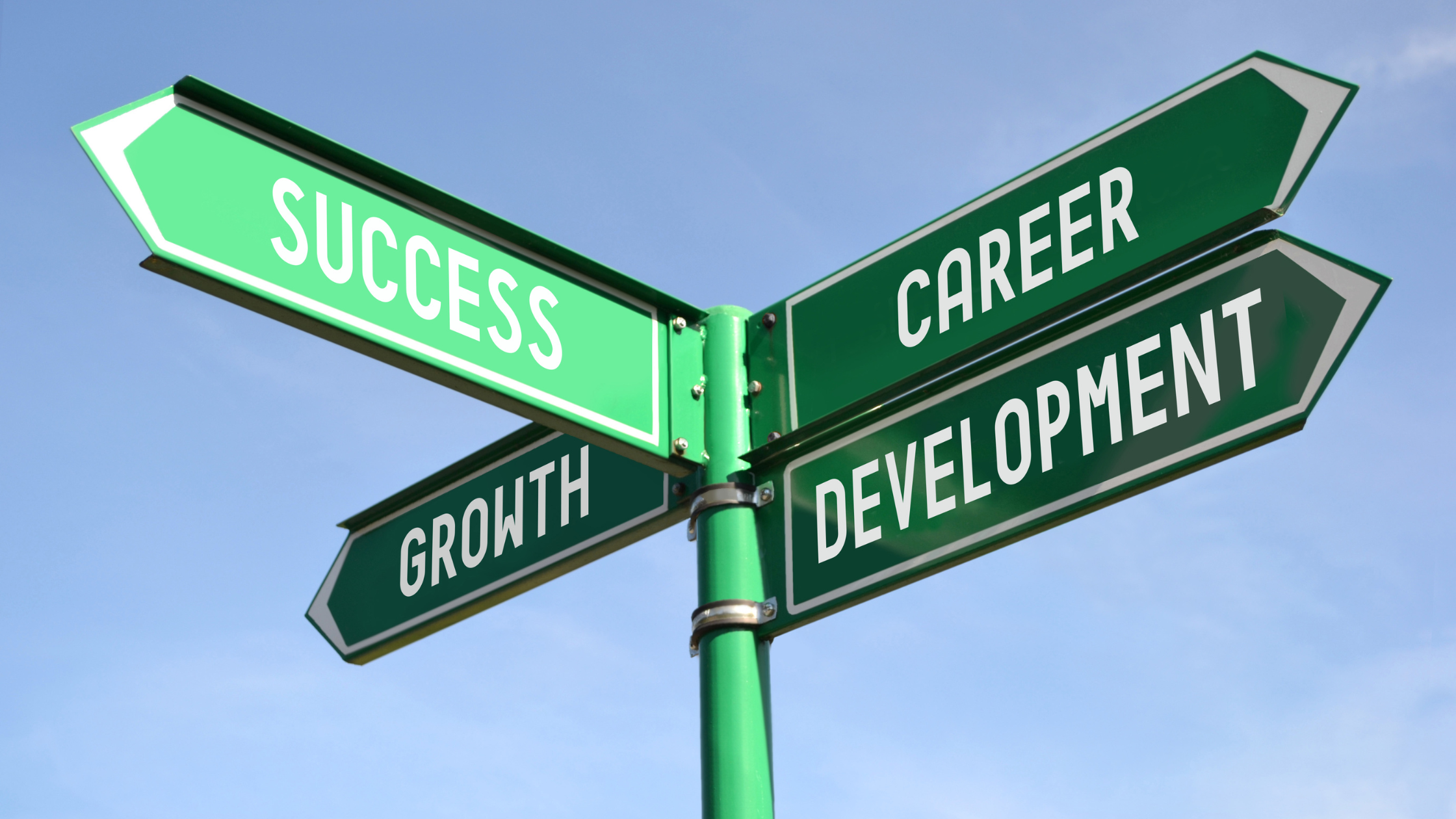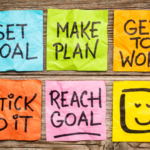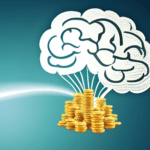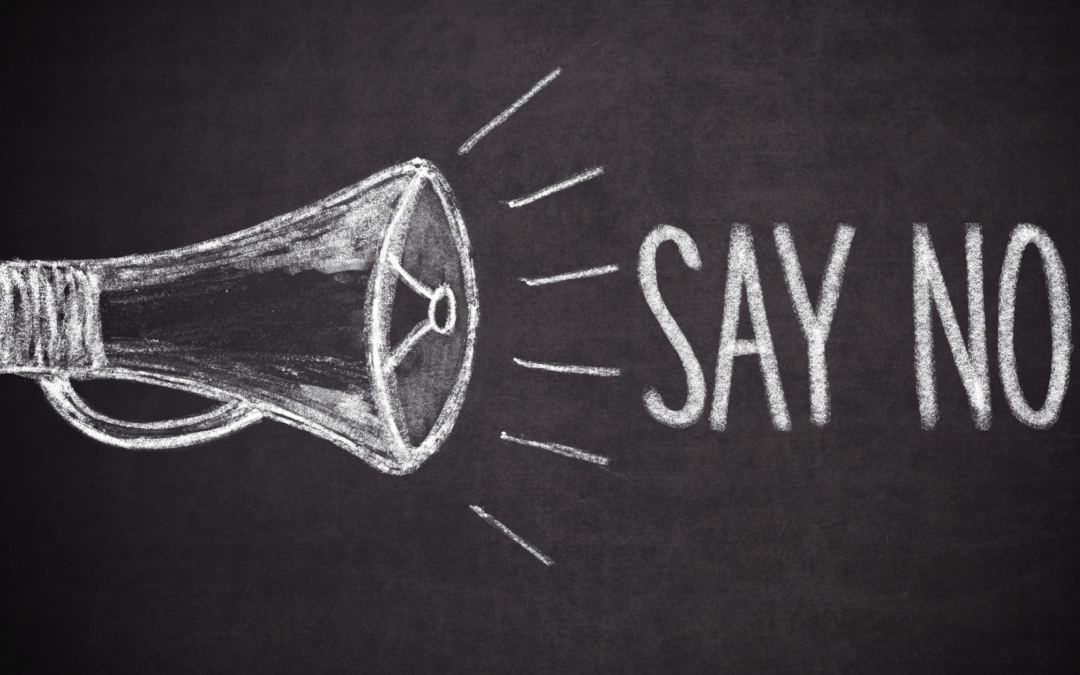
How Saying No Can Transform Your Productivity and Well-being
Mastering the Art of Saying No: A Game-Changing Strategy for Elevating Productivity and Cultivating Wellness
The concept of saying no as a productivity skill revolves around the idea of setting boundaries and prioritizing your time and energy. It involves the practice of selectively declining or declining non essential tasks, commitments, or requests that do not align with your goals, values, or capacity. By saying no strategically, you can focus your resources on activities that truly matter and have a higher impact.
However, it’s important to note that saying no should be done respectfully and thoughtfully. It’s about making informed decisions and communicating them effectively to maintain positive relationships and collaborations.
By practicing the art of saying no, you can create a more focused, balanced, and productive life by aligning your actions with your priorities and optimizing your use of time and energy.

The Fear of Missing Out (FOMO) and the Impacts on Productivity
The Fear of Missing Out (FOMO) refers to the anxiety or apprehension that arises from the belief that others might be having rewarding experiences or opportunities that you are not a part of. FOMO is often associated with the pervasive use of social media and the constant exposure to others’ highlight reels, which can lead to a fear of being left out or not living up to societal expectations. FOMO can have significant impacts on productivity due to several reasons:
1. Distraction
FOMO can lead to constant checking of social media feeds or constantly seeking new experiences, which can be highly distracting and take away valuable time and attention from important tasks or goals. It can be challenging to stay focused and engaged in the present moment when the fear of missing out is constantly pulling your attention elsewhere.
2. Comparison and dissatisfaction:
FOMO can contribute to feelings of inadequacy and dissatisfaction with one’s own life. Constantly comparing oneself to others and their seemingly exciting experiences can create a sense of unhappiness and lead to a lack of fulfillment. This can negatively impact motivation, self-esteem, and overall productivity.
3. Overcommitment:
The fear of missing out can drive individuals to say yes to too many commitments, events, or opportunities, even if they may not align with their priorities or capacity. Overcommitment can lead to overwhelm, burnout, and a decline in overall productivity as resources are spread too thin.
4. Shallow engagement:
FOMO can also result in shallow engagement with activities or experiences. Rather than fully immersing oneself in the present moment, individuals may feel the need to constantly be on the lookout for the next best thing, leading to a lack of deep focus and meaningful engagement.
5. Decision-making paralysis:
FOMO can make decision-making more challenging. The fear of missing out on a potentially better option can lead to indecisiveness and hesitation, causing delays and inefficiencies in completing tasks or making important choices.
To mitigate the impacts of FOMO on productivity, it’s important to cultivate self-awareness, establish priorities, and develop strategies for managing the fear of missing out:
-
- Mindful social media use: Practice mindful and intentional use of social media, being aware of how it affects your emotions and productivity. Limit your exposure if necessary and consider taking breaks from social media to focus on your own goals and well-being.
- Prioritize and set boundaries: Clearly define your priorities and values. Learn to say no to commitments or activities that don’t align with your goals or that may overload your schedule. Setting boundaries allows you to protect your time and energy for what truly matters.
- Focus on the present: Practice mindfulness and being fully present in the activities you engage in. This helps you appreciate and make the most of your current experiences, reducing the urge to constantly seek out something else.
- Embrace the joy of missing out: Shift your mindset from fearing what you might miss out on to embracing the joy of missing out. Recognize that there will always be opportunities and experiences that you may not be a part of, and that’s okay. Focus on the meaningful experiences and connections you choose to cultivate.
Key Takeaways:
The Fear of Missing Out (FOMO) can have a detrimental impact on productivity by causing distraction, comparison, overcommitment, shallow engagement, and decision-making paralysis. However, by practicing strategies such as mindful social media use, prioritization, focusing on the present, and embracing the joy of missing out (JOMO), it is possible to mitigate the negative effects of FOMO and enhance productivity.
Saying no as a productivity hack is a powerful tool for setting boundaries, prioritizing your time and energy, and aligning your actions with your goals and values. By selectively declining non-essential tasks or commitments, you can create a more focused and balanced life. However, it is important to approach saying no respectfully and thoughtfully, considering the impact on relationships and collaborations.
By combining the practice of saying no with strategies to manage FOMO, you can reclaim control over your attention, increase your focus, and optimize your productivity. Ultimately, by being intentional about where you direct your time and energy, you can achieve greater success and fulfillment in both your personal and professional life.
Next Steps to Consider
Unlock your true potential through our groundbreaking neuroperformance programs, where your secret genius comes to life. In just 12 weeks, experience a comprehensive transformation that touches every aspect of your existence: from career and daily performance to health, wellness, cognitive function, habits, relationships, energy levels, and even personal and spiritual growth. What sets us apart is our unwavering dedication to the brain—the very foundation of all transformative endeavors.
Genius knows no bounds and comes in various forms, and our program is designed to help you tap into your individual brilliance by fostering learning, knowledge, and profound personal evolution. Discover the incredible journey that awaits you by exploring our programs.

